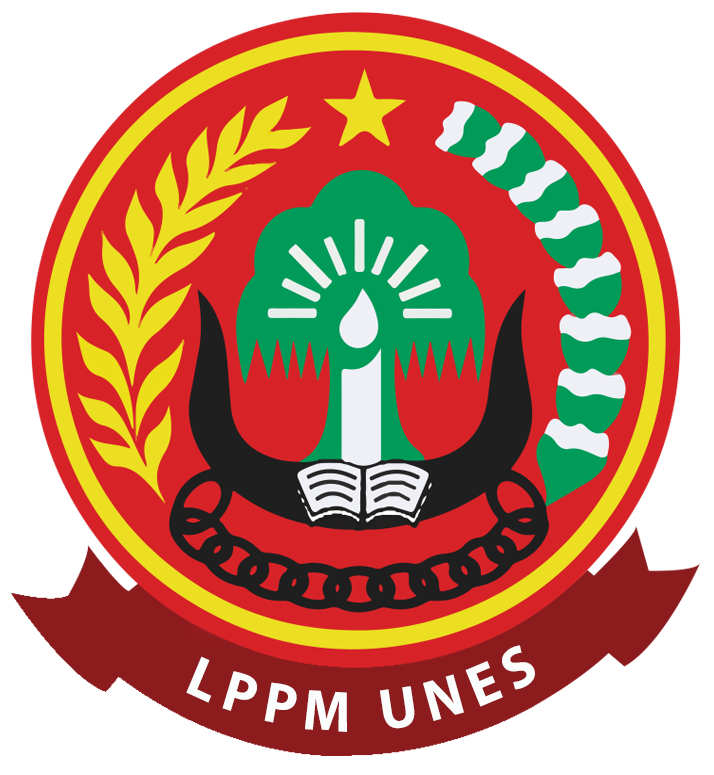TEACHER CREATIVITY IN THE IMPLEMENTATION OF THE 2013 CURRICULUM IN PPKN SUBJECTS AT SMPN 25 PADANG
DOI:
https://doi.org/10.31933/jige.v1i2.674Keywords:
Teacher’s CreativityAbstract
This study discusses the creativity of teacher teaching in the implementation of the 2013 curriculum. The study was conducted at SMP N 25 Padang. Creativity is assessed about how teachers develop methods, strategies and also media in learning PPKn subjects. The researcher found several things related to teacher creativity in the learning process. Such as what obstacles faced by the teacher and also what efforts have been made by the school in overcoming these efforts and ways to increase the creativity and quality of teaching teachers in the classroom.
The data obtained in this study come from the results of observations, interviews and questionnaire collection. Interviews were conducted with PPKn teachers, principals, and students. The questionnaire collection was carried out by researchers to get more accurate data. The data obtained by researchers is. (1) there is still a lack of creativity in PPKn teachers in the learning process. Because the teacher still cannot develop methods and learning strategies. (2) the constraints faced by teachers originate from within the teacher himself, namely the lack of the ability of teachers to use technology as demanded by the 2013 curriculum. As well as external constraints faced, namely regarding the study hours that are so dense making teachers feel difficult to prepare teaching materials. (3) the number of efforts made by the school to improve creativity and quality and help teachers to be able to adjust the way of learning with the 2013 curriculum. One of them is by involving subject teachers in training and also technical guidance on the 2013 curriculum and related subjects. The school and also the teachers always conduct evaluations and improvements to improve the quality of lessons so that the 2013 curriculum learning objectives are achieved.
References
[2] Basrowi dan Suwandi. 2008. Memahami Penelitian Kualitatif. Jakarta:Rineka Cipta.
[3] Buchari Alma. 2010. Guru Profesional (menguasai Metode dan Terampil Mengajar). Bandung: Alfabeta..
[4] Guntur Talajan. 2012. Menumbuhkan kreatifitas dan Prestasi guru. Yogyakarta: Laksbang PRESSindo
[5] M.Fadlillah.2014. Implementasi Kurikulum 2013 (dalam pembelajaran SD/MI, SMP/MTs, dan SMA/MA. Yogyakarta: Ar-Ruzz Media.
[6] Mulyasa. 2011. Menjadi Guru Profesional menciptakan Pembelajaran Kreatif dan menyenangkan. Bandung: PT.Remaja Rosdakarya Offset
[7] Mulyasa. 2014. Pengembangan dan Implementasi Kurikulum 2013. Bandung: PT.Remaja Rosdakarya Offset.
[8] Nana, Sudjana. 2009. Penilaian Hasil belajar mengajar. Bandung: Remaja Rosdakarya.
[9] Narwanti, Sri. 2011. Creative Learning Kita menjadi Guru Kreatif dan Favorite. Yogyakarta: Familia.
[10] Poewadarminto. 2003. Kamus umum Bahasa Indonesia. Jakarta: Balai Pustaka.
[11] Rachmawati, Yeni dan Euis Kurniati. 2005. Strategi Pembangunan Kreativitas pada anak usia Taman Kanak-kanak. Jakrta: Depdikbud.
[12] Slameto. 2010. Belajar dan Faktor-faktor yang mempengaruhinya. Jakarta. Gunung, PT.Rineka Cipta.
[13] Solso, Robert L, Maclin & Maclin, Otto.H,M. Kimberly. 2007. Psikologi Kognitif. Jakarta: Erlangga.
[14] Utami Munandar. 2009. Pengembangan Kreativitas anak berbakat. Jakarta: Rineka Cipta.
[15] Winarno. 2014. Pembelajaran Pendidikan Kewarganegaraan. Jakrta: Bumi Aksara.
Downloads
Published
How to Cite
Issue
Section
License
Authors who publish their manuscripts in this journal agree to the following conditions:
Copyright in each article belongs to the author.
- The author acknowledges that Journal International on Global Education (JIGE) has the right to be the first to publish with a license Creative Commons Attribution 4.0 International (Attribution 4.0 International (CC BY 4.0).
- Authors can submit articles separately, and arrange the distribution of non-exclusive manuscripts that have been published in this journal to other versions (for example, sent to the author's institutional repository, publication in books, etc.), by acknowledging that the manuscript has been published for the first time in Journal International on Global Education (JIGE).
























